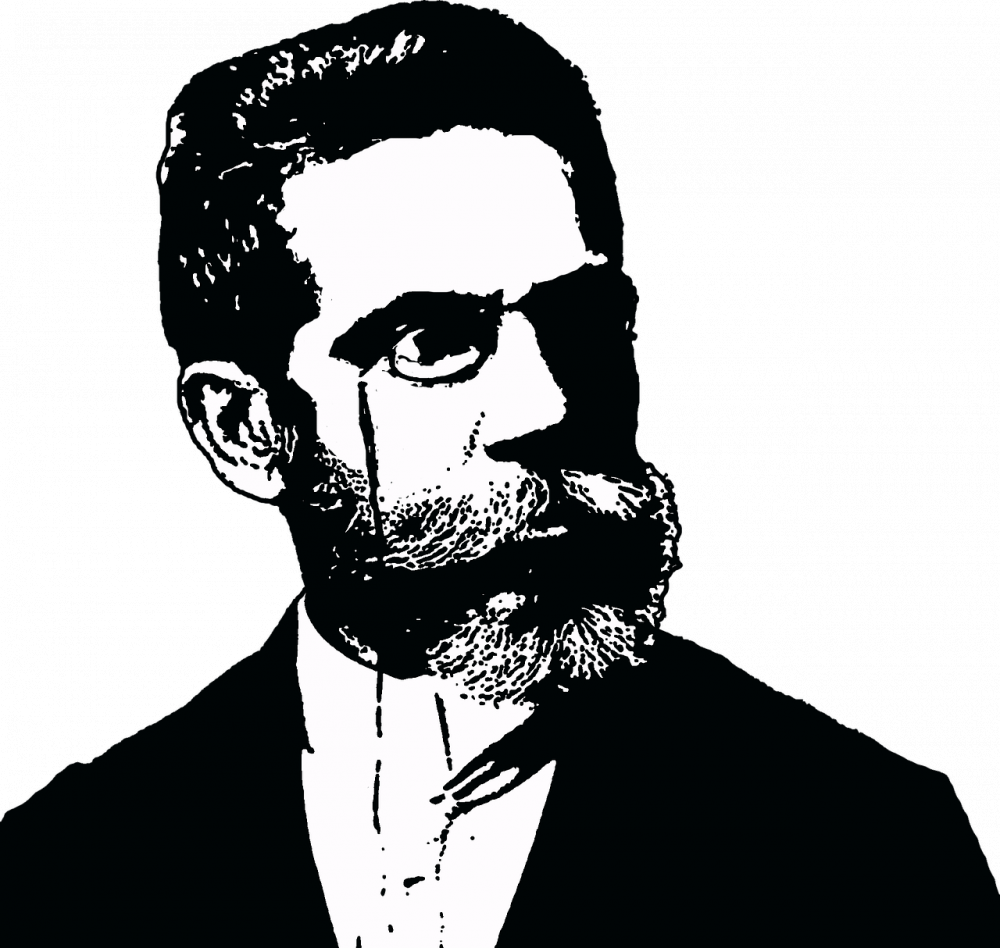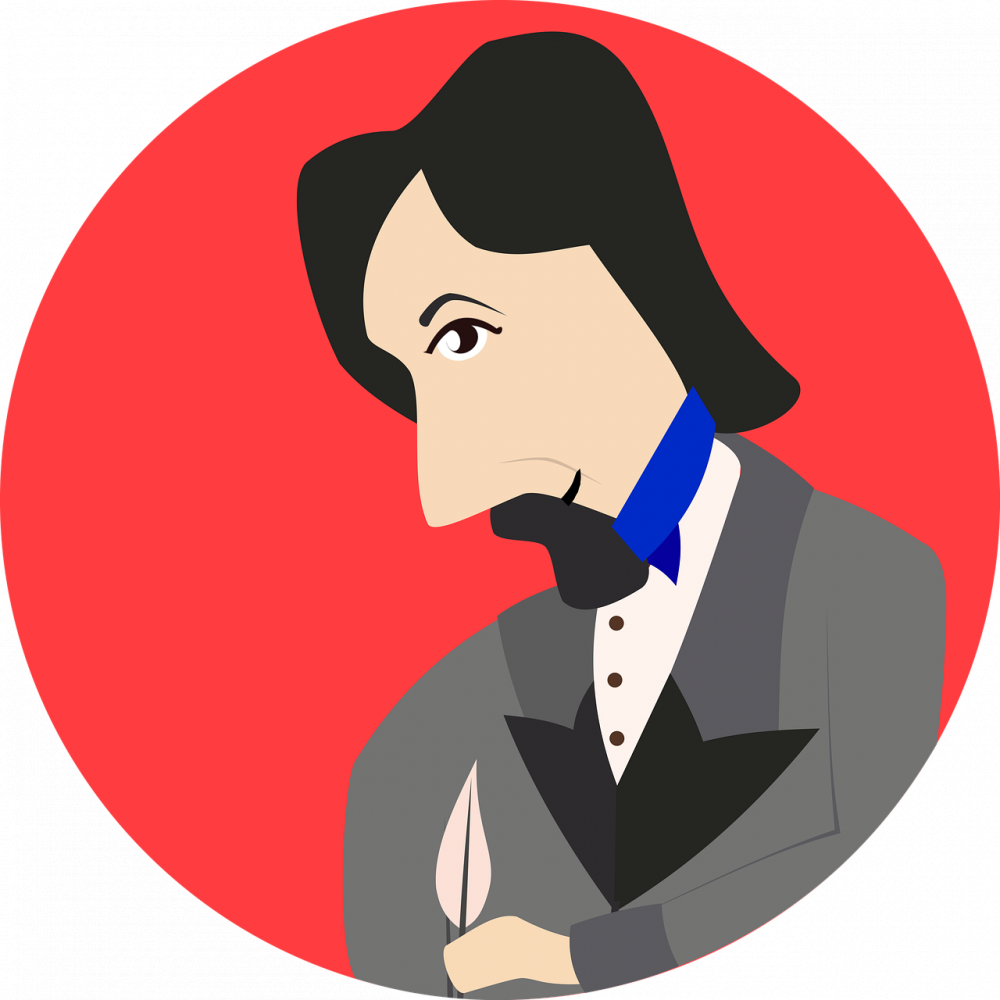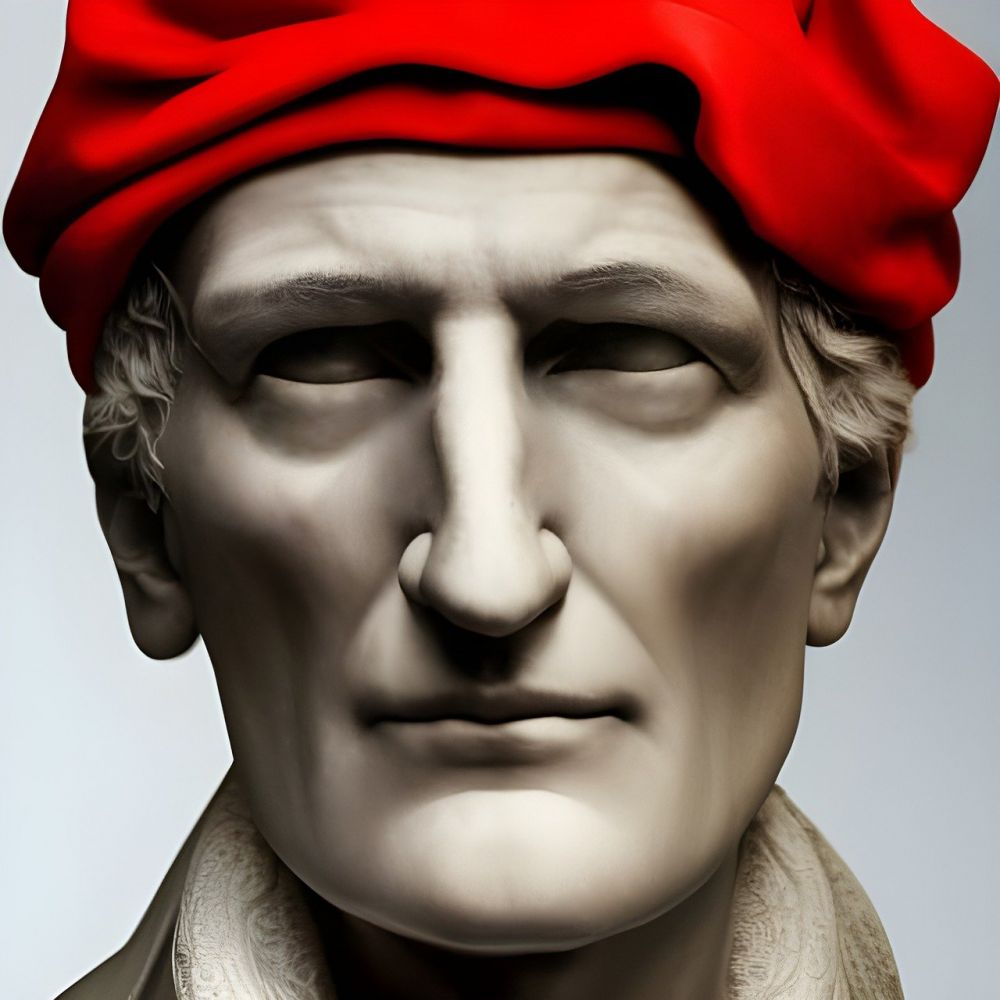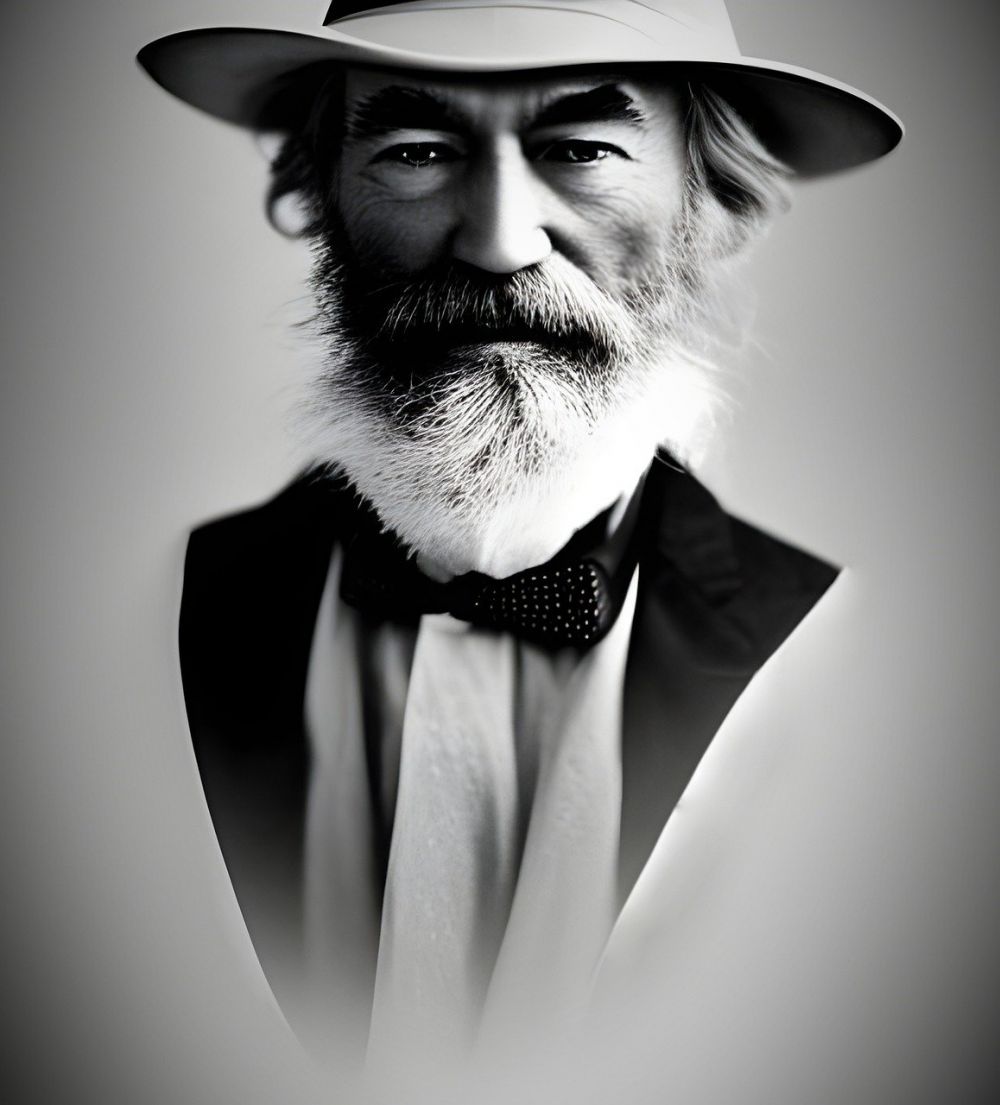Jane Austens Pride and Prejudice: A Timeless Classic
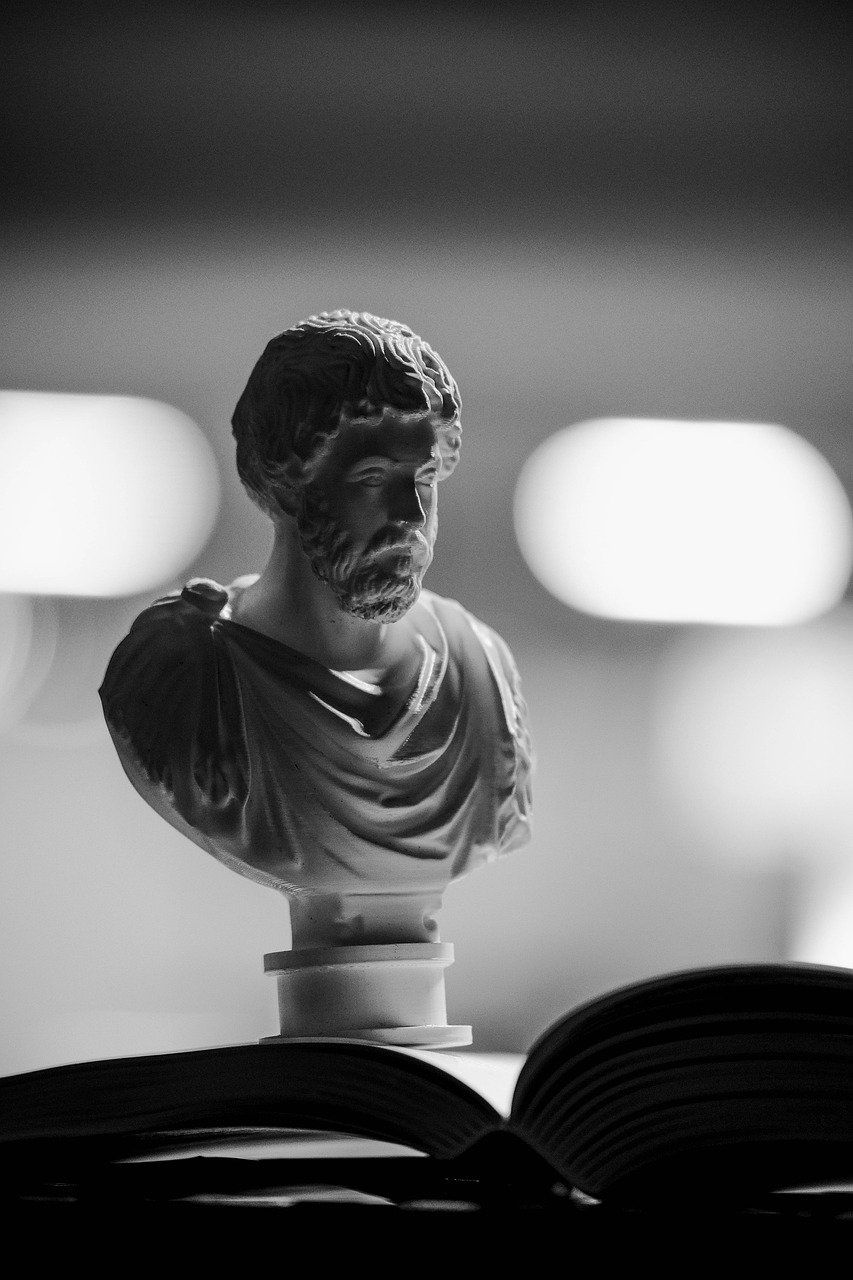
Introduction:
Jane Austen’s “Pride and Prejudice” is a literary masterpiece that has captivated readers for over two centuries. This novel, first published in 1813, has become one of the most beloved and widely read works of English literature. Set in the Regency era, Austen’s novel explores themes of love, marriage, social hierarchy, and the constraints faced by women in early 19th-century England. In this article, we will delve into the significance of “Pride and Prejudice” and its enduring appeal among art enthusiasts and collectors.
Understanding “Pride and Prejudice”:
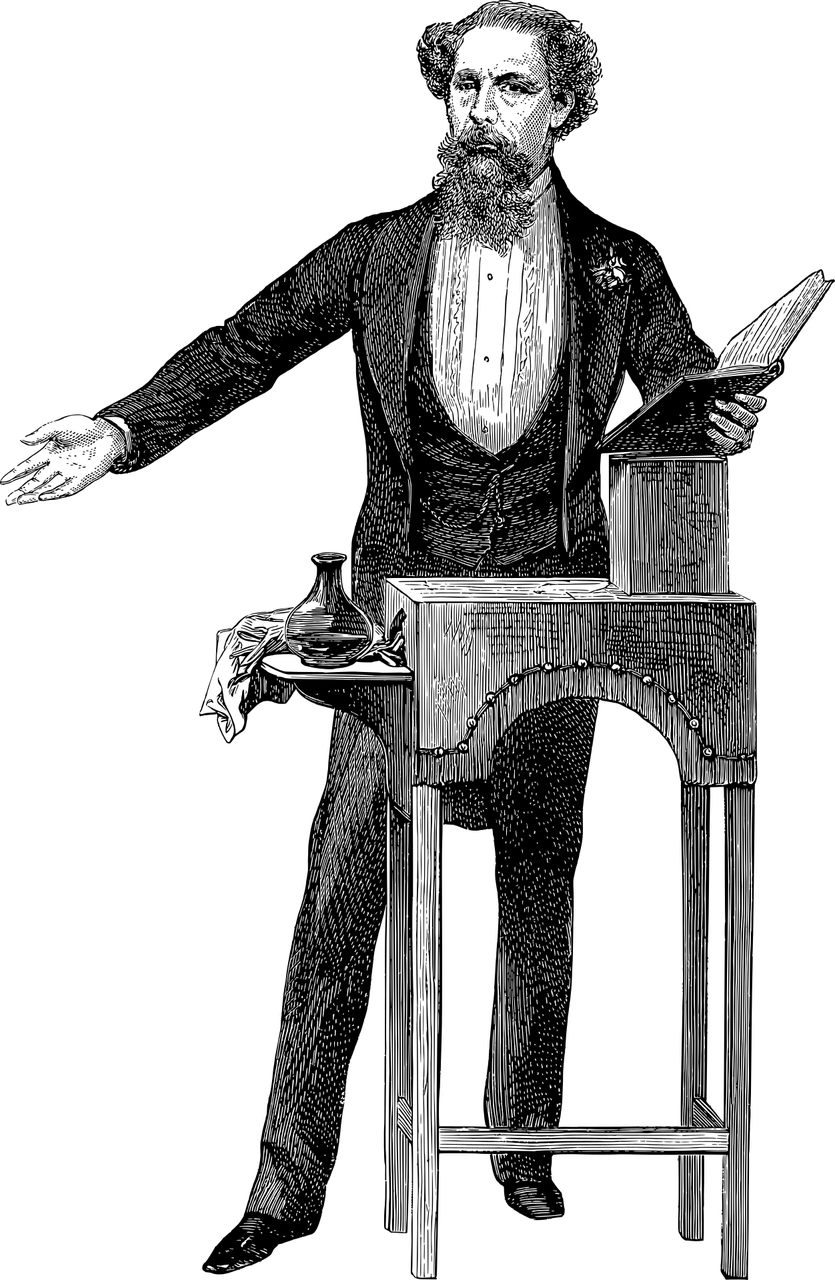
At its core, “Pride and Prejudice” tells the story of Elizabeth Bennet, a spirited and intelligent young woman who navigates the complex world of courtship and matrimony. The novel is known for its sharp wit, vivid characters, and satirical depiction of social norms. Through Elizabeth’s journey, Austen challenges the societal expectations placed upon women and offers a critique of the institution of marriage in her time.
Historical Evolution:
Since its publication, “Pride and Prejudice” has experienced a rich and varied history that has contributed to its enduring popularity. Initially, the novel garnered mixed reviews and modest success. However, as time went on, Austen’s sharp observations and keen understanding of human nature began to gain recognition. In the Victorian era, “Pride and Prejudice” saw a resurgence in popularity as critics and readers reevaluated Austen’s genius. The novel’s appeal continued to grow throughout the 20th century, and it was widely studied in educational institutions, cementing its status as a classic.
Key Themes and Literary Techniques:
One reason for the novel’s longevity lies in Austen’s adept handling of universal themes and her masterful use of literary techniques. “Pride and Prejudice” explores themes such as love, class, and personal identity, which resonate with readers of all generations. Austen’s skillful character development, witty dialogue, and ironic tone infuse the novel with a timeless quality.
Impact on Popular Culture:
” Pride and Prejudice” has had a significant impact on popular culture since its publication. The novel has been adapted into numerous films, television series, and stage productions, further cementing its place in the literary canon. These adaptations have introduced new audiences to Austen’s work and sparked a renewed interest in her novels. Furthermore, the characters of Elizabeth Bennet and Mr. Darcy have become iconic and have inspired countless romantic tropes and archetypes in literature and media.
Featured Snippet:
To increase the likelihood of this article being displayed as a featured snippet on a Google search, the following structure and bullet points can be used:
Title: The Timeless Appeal of Jane Austen’s “Pride and Prejudice”
Introduction:
– Briefly introduce “Pride and Prejudice” as a literary masterpiece by Jane Austen.
Section 1: Understanding “Pride and Prejudice”:
– Explore the main plot and characters.
– Discuss the novel’s themes of love, marriage, and social hierarchy.
– Highlight Austen’s satirical depiction of societal norms.
Section 2: Historical Evolution:
– Trace the novel’s initial reception and subsequent rise to fame.
– Discuss the Victorian era’s recognition of Austen’s genius.
– Analyze the novel’s continued popularity in the 20th century and its inclusion in educational curricula.
Section 3: Key Themes and Literary Techniques:
– Examine the universal themes explored in “Pride and Prejudice.”
– Appreciate Austen’s adept use of character development, intelligent dialogue, and irony.
Section 4: Impact on Popular Culture:
– Explore the various adaptations of “Pride and Prejudice” in film, television, and theater.
– Discuss the enduring influence of the novel’s characters and romantic tropes.
Conclusion:
– Summarize the timeless appeal of “Pride and Prejudice” and its enduring impact on literature and popular culture.
By providing a comprehensive overview of “Pride and Prejudice,” its historical significance, and lasting impact, this article aims to engage art enthusiasts and collectors in a deeper understanding and appreciation of Jane Austen’s literary masterpiece.
